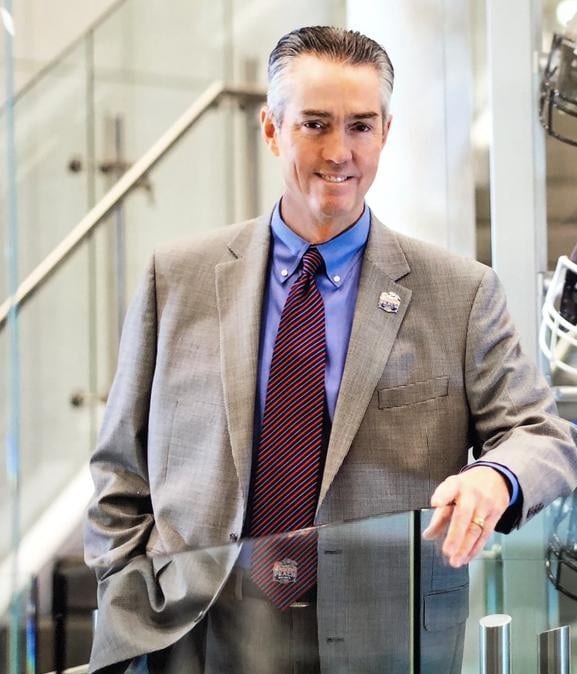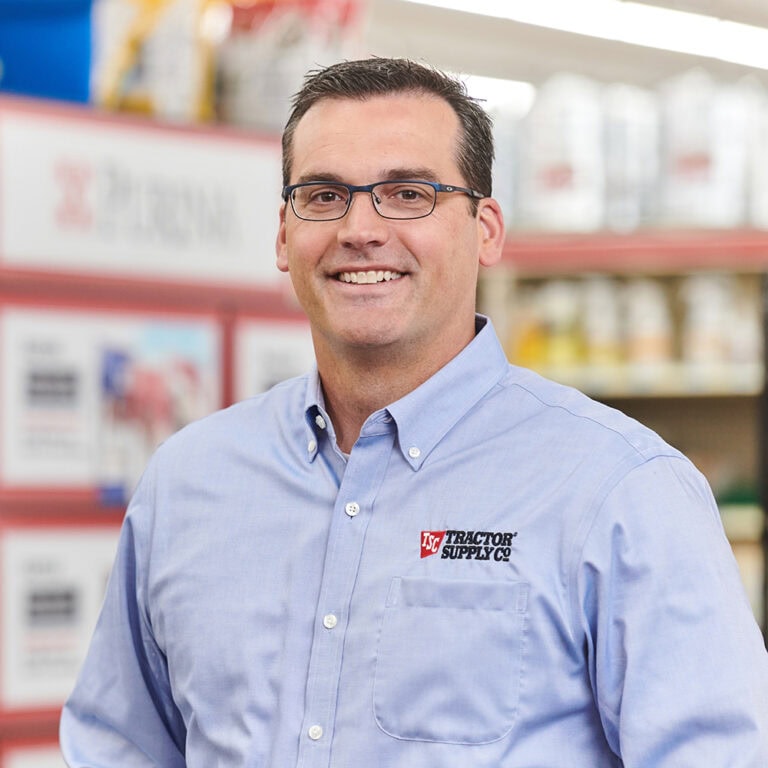
June 02, 2025
Steve Robinson, CMO – Chick-fil-A
Prioritizing People Over Profits With Purpose And Faith, Steve Robinson – Founding CMO Chick-fil-A
When it comes to fast food, people mostly focus on fast. With improving efficiency and a new sales-driven promotion every month, the faster a company can get food to customers, the better, right? Maybe not. Chick-fil-A developed a smarter idea—prioritizing People over Profits with Purpose and Faith.
On this episode of The Reboot Chronicles, one of Chick-fil-A’s founding C-Suite leaders, Steve Robinson, reveals untold stories on how they did it—in good times and bad. Steve was the founding Chief Marketing Officer of Chick-fil-A, where he and Founder Truett Cathy, built the most unconventional franchise model by doing something the world’s top corporations struggle with—prioritizing People over Profits. And it worked.
After some setbacks, Steve went on to create the most iconic fast-food advertising campaign—that not only differentiated them in a sea of fast-food sales-focused chains—but rebooted an industry. Now with over 3000 locations Chick-fil-A is one of three brands with U.S. sales over $20 billion, along with McDonald’s and Starbucks.
He went on to became a board member and authored Covert Cows and Chick-fil-A: How Faith, Cows, and Chicken Built an Iconic Brand. It, and this episode, is the inside story of how they rebooted the sector, turning prevailing theories of fast-food marketing upside down while building one of the most successful and beloved brands in America.
How To Bring Faith Back Into Businesses
In today’s often-secular corporate world, many leaders shy away from integrating faith into their business life, but Robinson sees it as a strength. “One of the greatest leadership books ever written are the scriptures.” Drawing wisdom from texts like Proverbs, Psalms, and Ecclesiastes, Robinson believes leaders can learn timeless lessons on humility, service, generosity, and people-first decision-making.
Importantly, this faith-infused leadership wasn’t just top-down. Cathy built a system where operators and employees at every level were encouraged to act with purpose and integrity. From the rigorous vetting process to become a Chick-fil-A operator, to training infused with company stories and values, to robust measurement systems that hold teams accountable to both hospitality and food quality, the entire organization is designed to live out its purpose at scale.
Playing The Long Game
Most leaders have forgotten about or just ignore the long game. Often, when they enter a new role, they focus on making immediate impact, probably knowing they will leave in a few years, and they cycle continues. Steve took a different approach and that was to play the long game and take things slow. As he puts it “I spent my first year and a half listening to the Chick-fil-A operators and what were the challenges they were facing to build their business.” He gained valuable first-hand insights from the store owner operators, their customers, and the local competition too.
Investing In Mistakes
One of the pivotal moments in Chick-fil-A’s evolution came in 1982 when the company ran a nationwide coupon campaign that went way better than expected but resulted in a $2 million loss. Instead of penalizing Robinson, the leadership viewed the failure as an investment in Steve. His CEO said something I have not heard in decades: “Don’t worry about it. I supported you. I approved it. Besides, we’ve just invested $2 million in your education and you’re never going to make that mistake again.” They also prayed on it.
This moment prompted a shift in strategy, moving away from transaction-focused promotions and instead developing an emotional connection with customers. This is also what lead to the famed Eat Mor Chikin campaign—using humor and storytelling to build brand loyalty rather than relying on discounts and deals.











